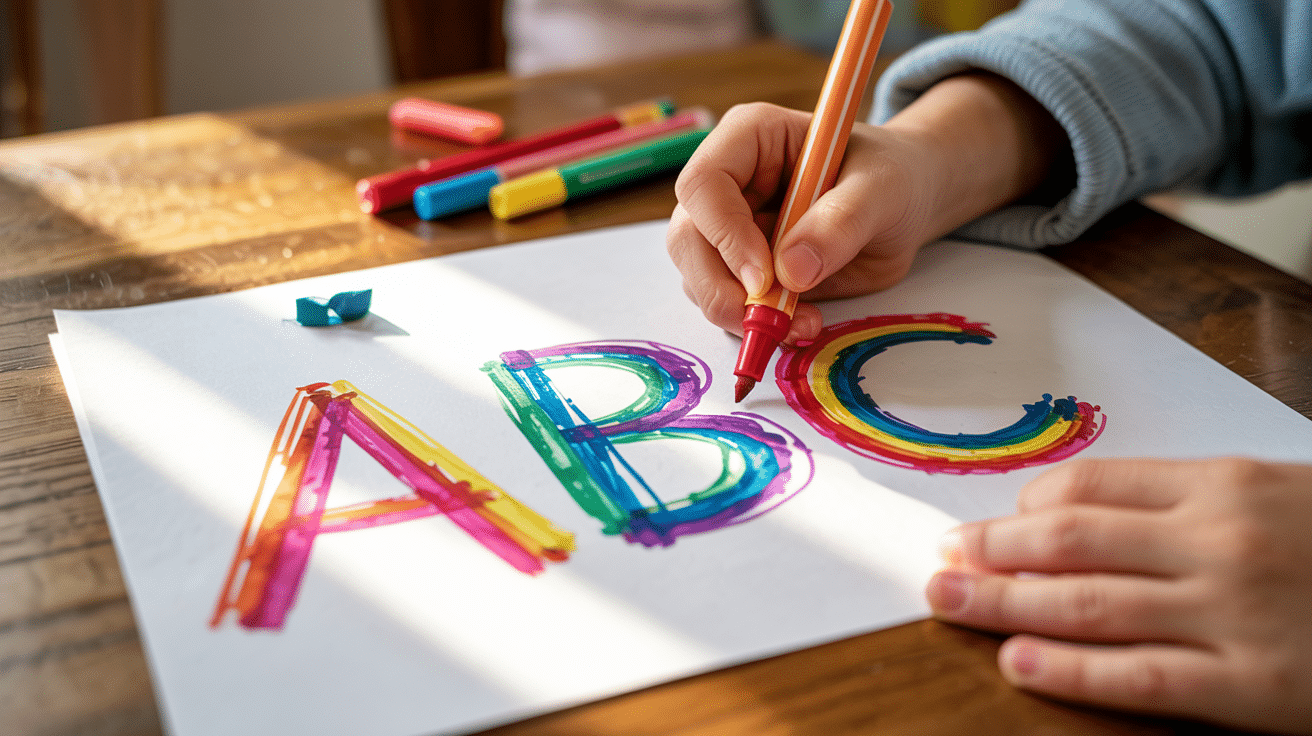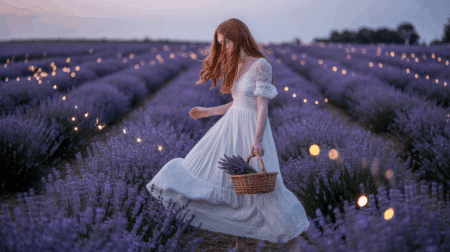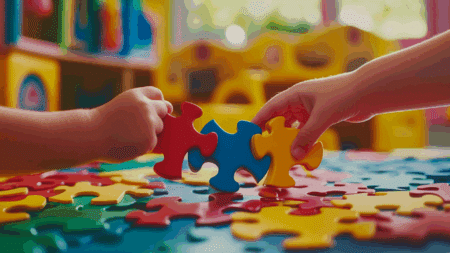Does your child find handwriting practice boring? Many parents notice their kids avoid writing tasks like they’re eating vegetables.
Rainbow Writing offers a fresh way to make letter practice fun and effective for children. This method lets kids trace letters multiple times using different colors, which helps with muscle memory while adding a splash of joy to learning.
Kids who write tend to show better letter recognition, improved fine motor skills, and higher interest in writing activities overall. The simple act of changing colors makes what was once a chore into something children look forward to.
This guide will show you how to set up rainbow writing sessions, fun activities to try, and useful tips to make each practice count. Let’s help your child fall in love with writing!
What Is Rainbow Write?

Rainbow write is a multi-sensory teaching method that makes letter and word practice more engaging for children.
The technique involves writing the same letter or word several times, each time with a different color pencil or marker. This creates a rainbow-like effect of overlapping colors that captures kids’ attention.
The process works by first writing the target letter or word in pencil or one color. Then, children trace over it repeatedly using various colors. Each new layer adds both visual appeal and reinforces the correct formation.
Rainbow Write helps children build letter recognition and writing skills through repetition without the boredom that often comes with traditional practice methods. The colors make learning visible and turn a basic writing task into a creative activity.
Benefits of Rainbow Write in Early Education

Rainbow Write offers several key advantages that make it valuable for young learners just starting out on their writing path:
- Improves fine motor skills: Children develop better hand control and dexterity as they practice tracing letters multiple times with different writing tools.
- Enhances letter recognition: The repeated tracing helps kids memorize letter shapes more effectively than single-attempt writing methods.
- Boosts focus and attention: The changing colors and step-by-step process keep children engaged longer than traditional writing practice.
- Makes learning fun: By turning writing into a colorful art activity, kids view practice as playtime rather than a chore they must complete.
- Creates visual memory aids: The colorful layers help children remember letter formation through visual cues, which is helpful for visual learners.
Rainbow Write combines the essential practice needed for writing development with creative elements that keep young learners coming back for more.
Fun Activities with Rainbow Write for Preschoolers
Rainbow write activities add color and enjoyment to early writing practice for preschoolers, making skill development feel like playtime.
1. Name Rainbow

| Materials | Purpose |
|---|---|
| White paper | Base for writing |
| Pencil | Initial outline |
| Colored markers (5-6 colors) | Rainbow tracing layers |
| Name card (optional) | Reference for younger children |
Instructions:
- Write the child’s name in pencil on white paper
- Have them trace over each letter with a red marker
- Continue tracing with orange, yellow, green, blue, and purple
- Make sure they follow the correct letter formation each time
2. Rainbow Sight Words
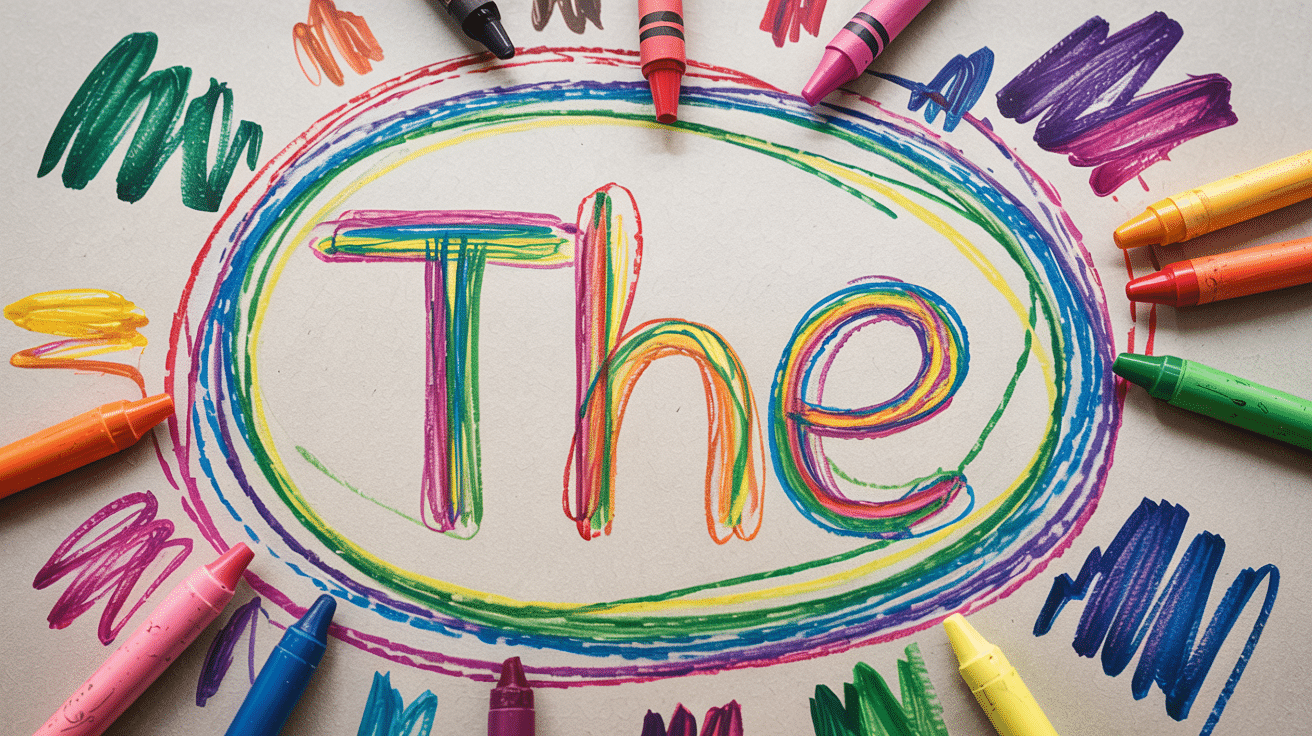
| Materials | Purpose |
|---|---|
| List of age-appropriate sight words | Learning content |
| White paper | Writing surface |
| Pencil | Initial outline |
| Colored markers (6 colors) | Rainbow layers |
Instructions:
- Write a sight word in pencil
- Have the child trace over it with red, then orange, yellow, green, blue, and purple
- Read the word aloud each time they trace with a new color
- Repeat with different sight words from their learning list
3. Shape Outlines

| Materials | Purpose |
|---|---|
| Paper with shapes drawn in pencil | Practice templates |
| Thin markers in rainbow colors | Tracing tools |
| Shape cards (optional) | Visual references |
Instructions:
- Draw simple shapes (circles, squares, triangles) on paper
- Have the child trace each shape using a different color each time
- Start with one shape, then combine shapes as skills improve
- Point out how these shapes appear in letters they’ll learn
4. Number Rainbow

| Materials | Purpose |
|---|---|
| Paper with numbers 1-10 | Practice template |
| Pencil | Initial outline |
| Colored crayons | Rainbow layers |
| Counting objects (optional) | Visual reinforcement |
Instructions:
- Write numbers 1-10 in pencil on paper
- Have the child trace each number with different colored crayons
- Count aloud as they trace each number
- Create a number line with all the rainbow numbers
5. Alphabet Caterpillar

| Materials | Purpose |
|---|---|
| Long paper strip | Caterpillar base |
| Pencil | Initial drawing |
| Colored markers | Rainbow tracing |
| Decorative materials (optional) | Character details |
Instructions:
- Draw connected circles forming a caterpillar shape on a long paper strip
- Write one letter in each circle segment
- Have the child trace each letter with 3-4 different colors
- Add details like eyes and antennae to complete the caterpillar
6. Pattern Tracing
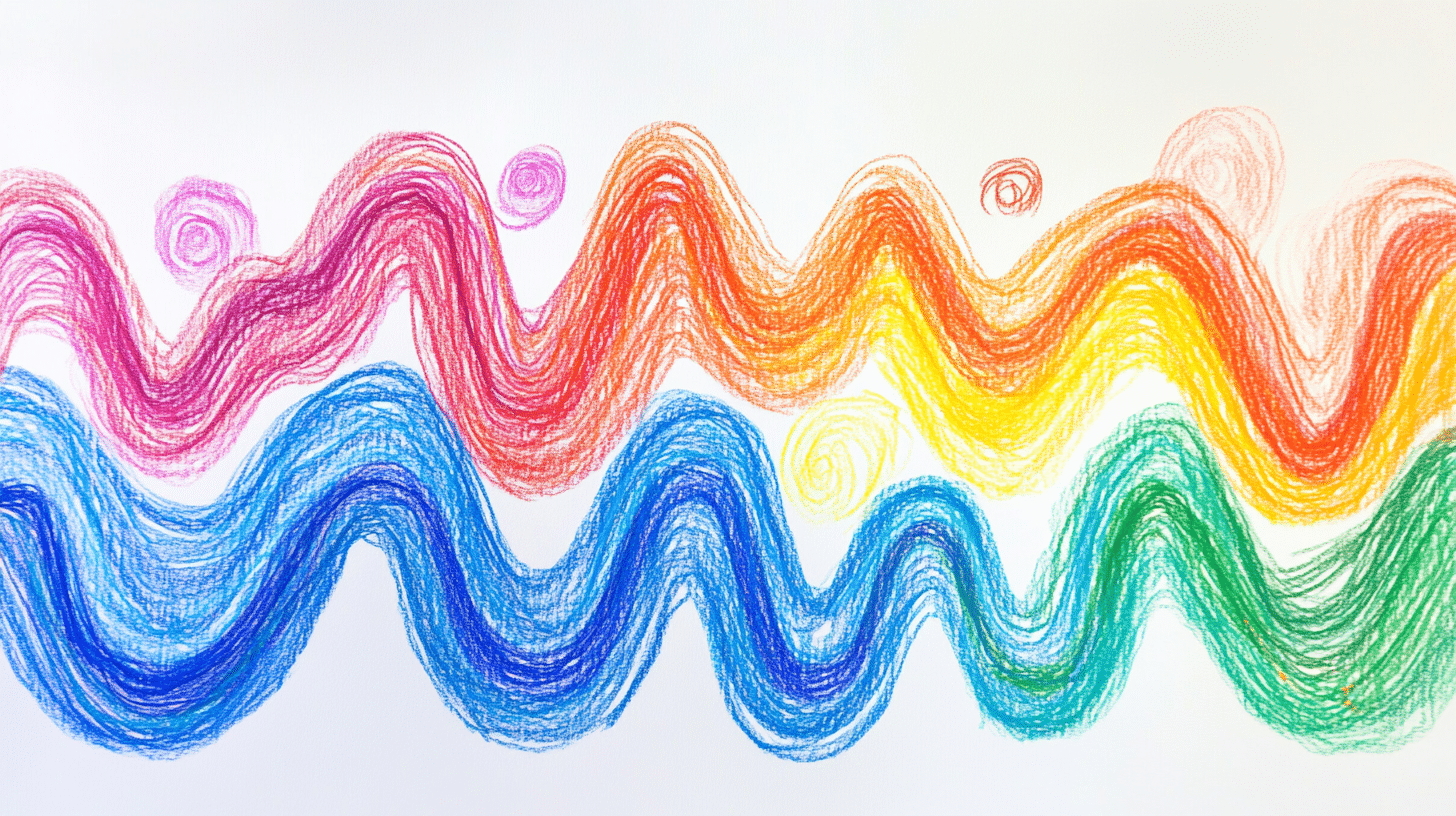
| Materials | Purpose |
|---|---|
| Paper with simple patterns | Practice templates |
| Thin markers | Rainbow tracing |
| Pattern cards (optional) | Visual examples |
Instructions:
- Draw simple patterns on paper (zigzags, loops, waves)
- Have the child trace each pattern with a different colored marker
- Start with simple patterns and gradually increase complexity
- Point out how these patterns appear in actual letters
7. Rainbow Connection Dots

| Materials | Purpose |
|---|---|
| Paper with dots printed in patterns | Practice template |
| Colored pencils | Tracing tools |
| Dot-to-dot examples (optional) | Visual guides |
Instructions:
- Create a page with dots arranged in patterns or letter shapes
- Show the child how to connect the dots with lines using one color
- Have them trace over the same lines with new colors
- Gradually increase the complexity of the dot patterns
8. Texture Rainbow Letters

| Materials | Purpose |
|---|---|
| Sandpaper letters | Texture templates |
| Paper | Rubbing surface |
| Colored chalk or crayons | Coloring tools |
| Letter cards (optional) | Visual references |
Instructions:
- Place paper over sandpaper letters
- Have the child rub with the side of a crayon in one color
- Switch colors and repeat the rubbing process
- Identify the letter and its sound each time
These rainbow write activities make learning to write a colorful and enjoyable experience for preschoolers while building essential early writing skills.
Teaching Rainbow Write to Preschoolers: Tips 101

Rainbow write works best when introduced with these simple yet effective teaching strategies for young learners.
- Start with large examples: Begin by showing kids how to make a Rainbow. Write letters on a whiteboard or large paper. Bigger movements help children learn the motions before trying smaller, more precise writing on regular paper.
- Choose the right tools: Select markers or crayons that have good color payoff but aren’t too thick. Fine-tip markers work well for older preschoolers, while younger ones might do better with triangular crayons that are easier to grip.
- Follow a color pattern: Create a consistent color order (like rainbow colors) to help children remember what comes next. This adds structure to the activity and teaches color sequencing as a bonus skill.
- Keep sessions short: Limit Rainbow Write activities to 5-10 minutes for young children. Short, frequent practice works better than longer sessions that might lead to frustration or boredom.
- Celebrate the process: Focus on effort rather than perfect results. Praise children for trying new colors, completing letters, or showing care in their work rather than pointing out mistakes.
Rainbow writing should feel like a creative game rather than a strict lesson, allowing children to build writing skills while having fun with colors.
Wrapping It Up
Learning to write doesn’t need to feel like a chore for young children.
By turning practice into colorful play, Rainbow Write helps kids build essential skills while keeping their interest high. The multiple layers of colors not only make writing more fun but also reinforce proper letter formation through meaningful repetition.
Remember that small progress adds up over time. Those rainbow-colored letters today become the stories, notes, and schoolwork of tomorrow. The most important outcome isn’t perfect penmanship but a child who feels confident about putting pencil to paper.
What color combinations work best with your child? Have you tried any of these activities at home? Share your experiences in the comments below!

